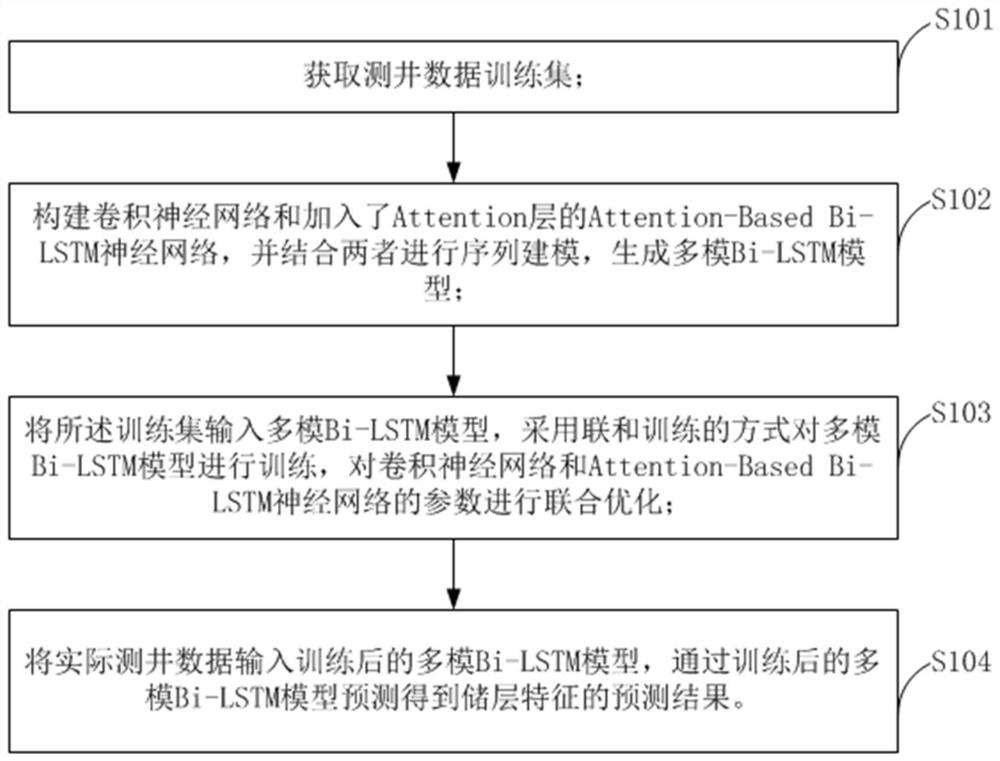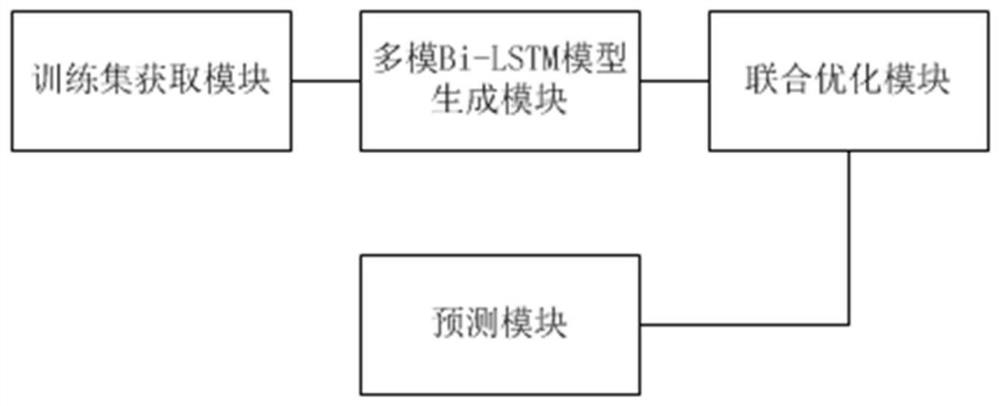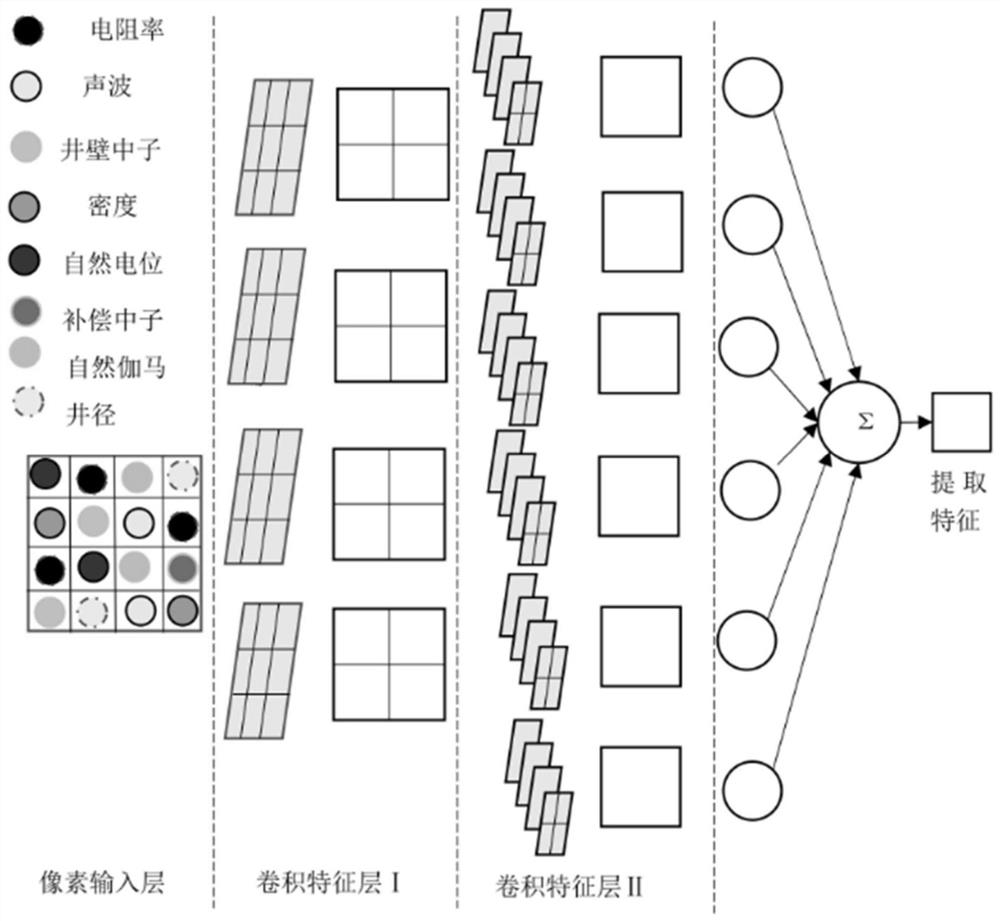Reservoir feature prediction method and model based on deep learning
A deep learning and model technology, applied in the field of reservoir transformation, can solve the problems of low prediction accuracy, and achieve the effect of reasonable and efficient reservoir transformation and production optimization management
- Summary
- Abstract
- Description
- Claims
- Application Information
AI Technical Summary
Problems solved by technology
Method used
Image
Examples
Embodiment 1
[0066] Please refer to figure 1 , image 3 and Figure 4 , the present invention provides a method for predicting reservoir characteristics based on deep learning, comprising:
[0067] S101. Obtain a training set of well logging data;
[0068] S102. Construct a convolutional neural network and an Attention-Based Bi-LSTM neural network with an Attention layer, and combine the two for sequence modeling to generate a multi-mode Bi-LSTM model;
[0069] S103. Input the training set into the multi-mode Bi-LSTM model, train the multi-mode Bi-LSTM model by means of combined training, and jointly optimize the parameters of the convolutional neural network and the Attention-Based Bi-LSTM neural network ;
[0070] S104. Input the actual logging data into the trained multi-mode Bi-LSTM model, and obtain the prediction result of the reservoir characteristics through the prediction of the trained multi-mode Bi-LSTM model.
[0071] As a specific implementation, the logging data includes...
Embodiment 2
[0106] Please refer to Figure 1 to Figure 4 , the present invention also provides a reservoir feature prediction model based on deep learning, comprising:
[0107] The training set acquisition module is used to acquire the logging data training set;
[0108] The multi-mode Bi-LSTM model generation module is used to construct a convolutional neural network and an Attention-Based Bi-LSTM neural network with an Attention layer, and combine the two for sequence modeling to generate a multi-mode Bi-LSTM model;
[0109] The joint optimization module is used to input the training set into the multi-mode Bi-LSTM model, and the multi-mode Bi-LSTM model is trained by means of joint training, and the convolutional neural network and the Attention-Based Bi-LSTM neural network are trained. The parameters are jointly optimized;
[0110] The prediction module is used to input the actual logging data into the trained multi-mode Bi-LSTM model, and obtain the prediction result of the reservo...
PUM
 Login to View More
Login to View More Abstract
Description
Claims
Application Information
 Login to View More
Login to View More - R&D
- Intellectual Property
- Life Sciences
- Materials
- Tech Scout
- Unparalleled Data Quality
- Higher Quality Content
- 60% Fewer Hallucinations
Browse by: Latest US Patents, China's latest patents, Technical Efficacy Thesaurus, Application Domain, Technology Topic, Popular Technical Reports.
© 2025 PatSnap. All rights reserved.Legal|Privacy policy|Modern Slavery Act Transparency Statement|Sitemap|About US| Contact US: help@patsnap.com



